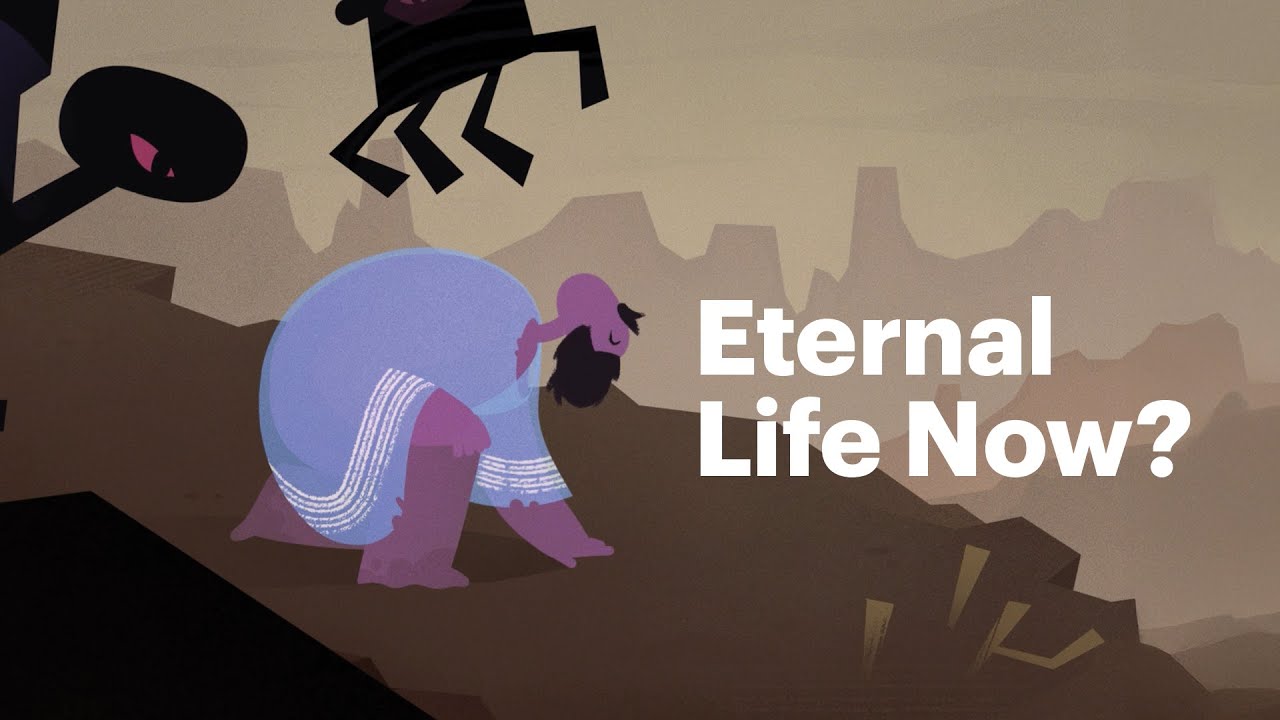New Testament Summary: A Complete Animated Overview
Summary
TLDRThe New Testament, consisting of 27 books written by Jesus' first followers, tells the story of Jesus' life, death, and resurrection, and his mission to restore humanity's partnership with God. It continues the narrative from the Old Testament, highlighting God's covenant with Israel and the promise of a new human from Abraham's lineage. The Gospels present Jesus as both the son of Abraham and the new human overcoming evil through self-sacrifice. The Acts and letters that follow show the early Christian communities spreading Jesus' teachings, while Revelation envisions Jesus leading his people to a new creation, symbolizing the ultimate goal of a renewed world.
Takeaways
- 📜 The Bible is divided into the Old and New Testaments, each representing a covenant partnership between God and humanity.
- 🔖 The Old Testament, known as 'TaNaK' in Jewish tradition, consists of 39 texts developed over a thousand years, focusing on God's relationship with Israel.
- 📚 The New Testament, written by first-generation followers of Jesus, contains 27 books created within a span of 30 to 40 years.
- 📖 The New Testament starts with the Gospels, narrating the life, death, and resurrection of Jesus, symbolizing good news for humanity.
- 🌟 'Acts of the Apostles' follows, detailing the apostles' mission to spread the teachings of Jesus after his resurrection.
- 💌 The collection includes letters from the apostles, offering guidance and teachings to early Christian communities, known as churches.
- 📬 The Apostle Paul's letters are significant, with 13 of them being the longest and providing profound insights into Christian faith and life.
- 📘 The book of Revelation concludes the New Testament, offering a prophetic vision of hope and the ultimate triumph of good over evil.
- 🌈 The New Testament connects with the Old Testament, showing Jesus as the fulfillment of God's promises and the key to a new creation.
- 🌟 The overarching narrative of the Bible, from the Old to the New Testament, reveals a divine plan for humanity's redemption and the establishment of a new world order.
Q & A
What is the meaning of the word 'testament' in the context of the Bible?
-The word 'testament' refers to a covenant partnership, which is the central theme of both the Old and New Testaments as they tell the story of God's covenant partnership with Israel and all humanity.
How does the Jewish tradition refer to the Old Testament?
-In Jewish tradition, the Old Testament is called 'TaNaK', which is a unified scroll collection of 39 Israelite texts that were developed over a thousand years.
What is unique about the timeframe in which the books of the New Testament were written?
-The 27 books of the New Testament were all written within a short span of 30 to 40 years, and they were authored by first-generation followers of Jesus.
What is the significance of the four narrative books at the beginning of the New Testament?
-The four narrative books, collectively known as 'the Gospel', tell the story of Jesus of Nazareth's life, death, and resurrection as an announcement of good news.
Who are the 'sent ones' mentioned in the New Testament, and what is their role?
-The 'sent ones' or apostles are appointed by the risen Jesus to spread the good news about him throughout the ancient world as his representatives.
How are the letters in the New Testament organized, and why?
-The letters in the New Testament are organized from the longest to the shortest, rather than in the order they were written, with 13 letters attributed to the Apostle Paul.
What is the main theme of the Old Testament according to the script?
-The Old Testament recounts the acts that establish the core themes and plot conflict, focusing on God's relationship with humanity and Israel, and the promise of a new human who will restore God's blessing to the world.
How does the New Testament portray Jesus in relation to the Old Testament's prophecies?
-The New Testament portrays Jesus as both the promised son of Abraham and the new human prophesied in the Old Testament, who defeats evil and restores humanity's partnership with God.
What is the role of the apostles' letters in the New Testament's narrative?
-The apostles' letters provide teaching and guidance for early Christian communities, showing how the good news about Jesus should reshape their lives and connect their stories to the larger biblical narrative.
How does the book of Revelation conclude the biblical story?
-The book of Revelation brings the biblical story to a culmination by portraying Jesus as the divine king leading his people out of exile and into a new creation, symbolized by a New Jerusalem garden temple.
What is the ultimate goal of the story told in the New Testament?
-The ultimate goal of the New Testament's story is to depict God's plan to lead the world to a renewed creation through Jesus and the Spirit, offering hope and a new beginning for humanity.
Outlines

This section is available to paid users only. Please upgrade to access this part.
Upgrade NowMindmap

This section is available to paid users only. Please upgrade to access this part.
Upgrade NowKeywords

This section is available to paid users only. Please upgrade to access this part.
Upgrade NowHighlights

This section is available to paid users only. Please upgrade to access this part.
Upgrade NowTranscripts

This section is available to paid users only. Please upgrade to access this part.
Upgrade NowBrowse More Related Video

(Subtitle Indonesia) What Is The Bible - How To Read The Bible

We Studied "Blessing" and "Curse" in the Bible (Here’s What We Found)

(Subtitle Indonesia) Biblical Story - How To Read The Bible

Youth – Faith & Fusion – 3

The New Humanity • The New Kind of Existence We're Invited To (Spiritual Beings Series Episode 7)

01 The Bible Project: Matthew 1 - 13
5.0 / 5 (0 votes)